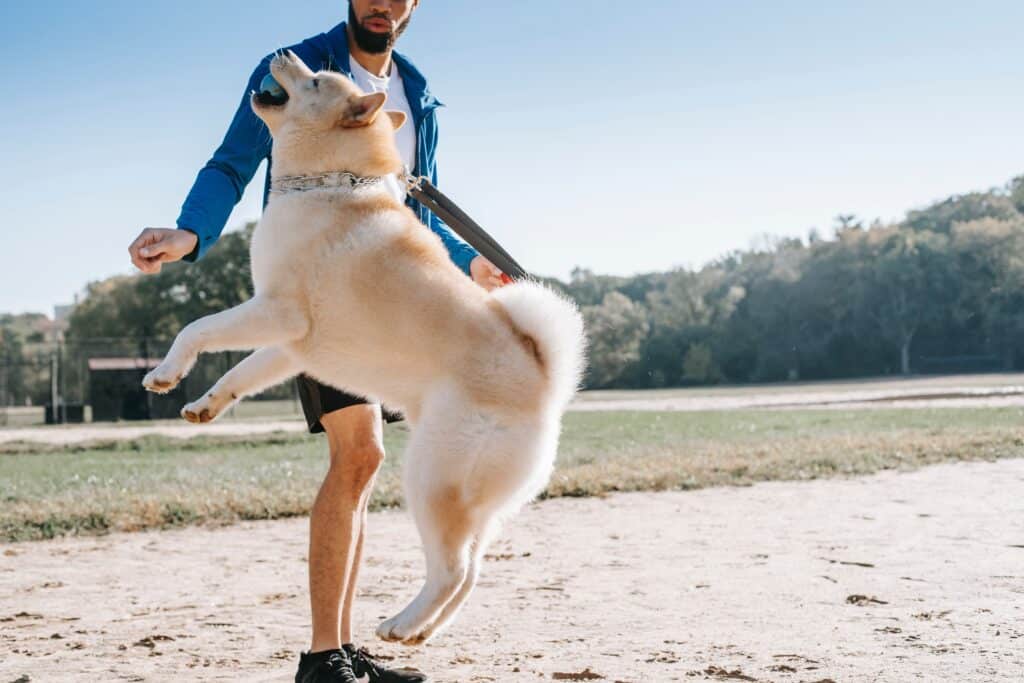
Welcoming a new furry friend into your life is an exciting and heartwarming experience. Now, as you embark on this wonderful journey together, you might be considering enrolling your pup in a dog training class to ensure they grow into well-behaved and happy companions.
But how do you choose the right dog training class? Don’t worry, I’ve got you covered with some helpful tips to find the perfect fit for your beloved canine companion!
7 Tips for Choosing The Right Dog Training Class
1. Research Training Methods
Start by researching different training methods used in dog training classes. Look for positive reinforcement-based approaches that use rewards, praise, and treats to motivate and reinforce good behavior. Avoid classes that rely on punishment or harsh training techniques, as they can be stressful and detrimental to your dog’s well-being.
2. Check the Trainer’s Credentials
Ensure that the dog trainer leading the class is certified and has relevant experience. Look for credentials from reputable organizations, such as the Association of Professional Dog Trainers (APDT) or the International Association of Canine Professionals (IACP). A certified trainer has the knowledge and skills to provide effective and compassionate training for your dog.
3. Observe a Class
If possible, visit a dog training class before enrolling. Observe how the trainer interacts with the dogs and the overall atmosphere of the class. A good training class should be positive, engaging, and filled with happy and focused dogs.
4. Consider Class Size
Smaller class sizes often allow for more personalized attention and individualized training. This is especially beneficial for new dog owners who may need extra guidance and support.
5. Age and Skill Level
Check if the training class is suitable for your dog’s age and skill level. Some classes are specifically designed for puppies, while others cater to older dogs or address specific behavioral challenges. Choose a class that aligns with your dog’s needs and current abilities.
6. Inquire About Training Tools
Ask the trainer about the training tools they use during classes. Positive reinforcement classes typically use treats, toys, and verbal praise as rewards. Steer clear of classes that heavily rely on aversive tools like shock collars or choke chains.
7. Seek Recommendations
Reach out to other dog owners or your veterinarian for recommendations on reputable dog training classes in your area. Personal testimonials can offer valuable insights into the effectiveness and success of the class.
Conclusion
Remember, a well-trained dog is a happy dog, and the right training class can make a world of difference in your canine companion’s behavior and overall well-being. Embrace this training journey with patience and love, and your furry friend will flourish into the best version of themselves!
Leave a Reply